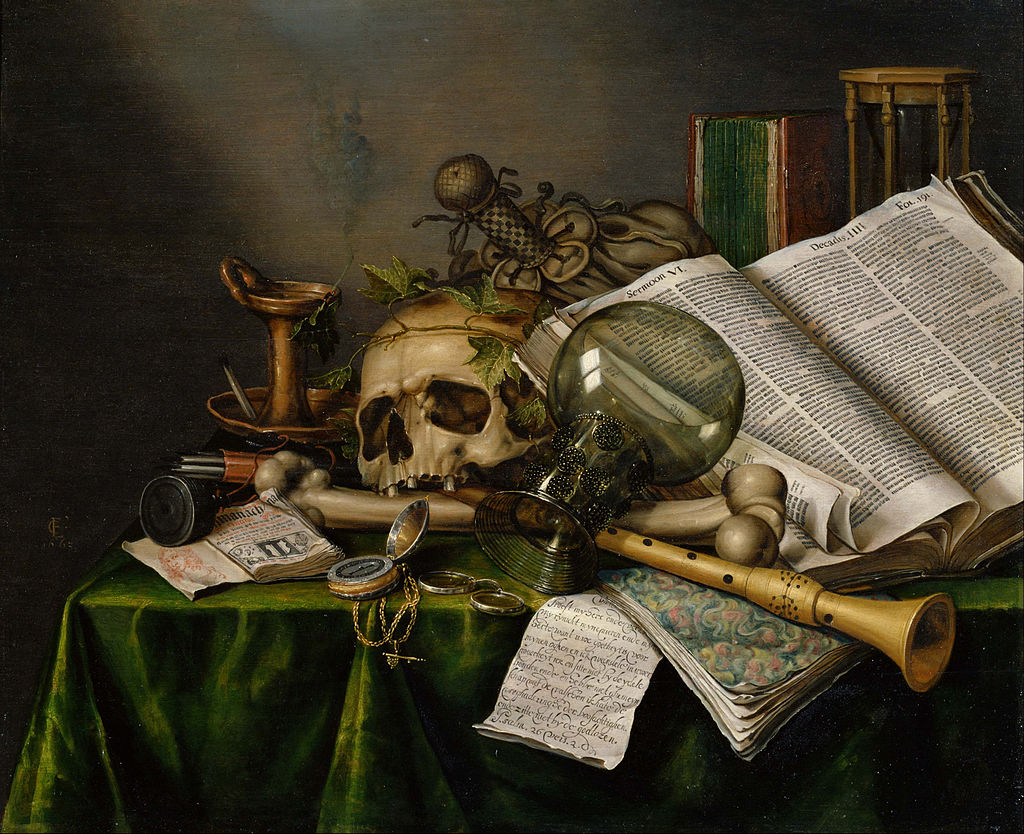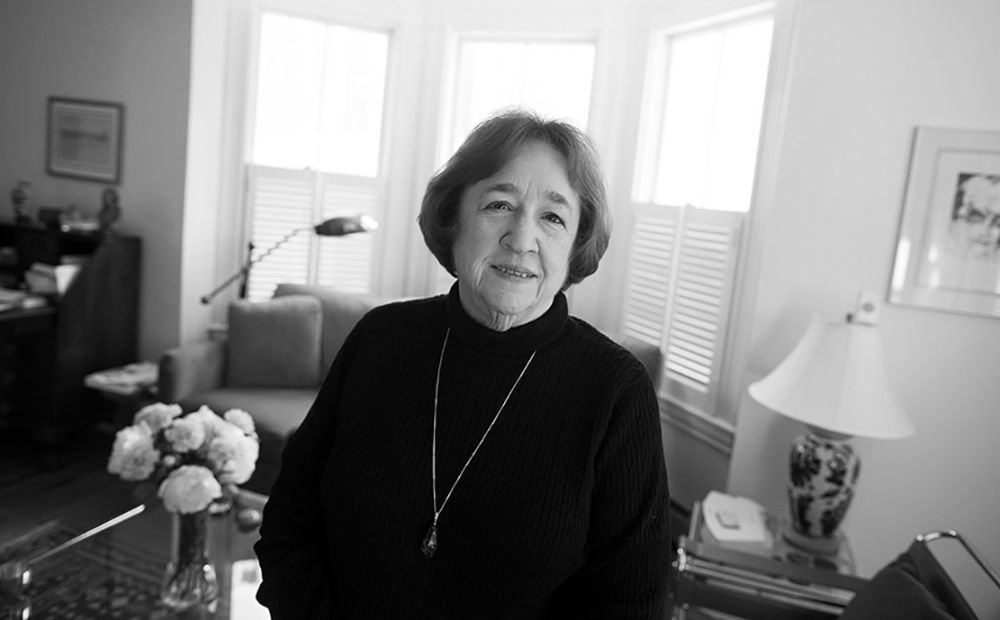Issue 166, Summer 2003
Amy Hempel does not enjoy interviews. She quotes her friend Patty Marx: “I’m not good at small talk; I’m not good at big talk; and medium talk just doesn’t come up.” Talking about the self is both unseemly and unnerving, she feels, and dissecting her own deliberate process of composition through, in her words, “pointy-headed questions,” tends to provoke her exasperation. This makes for an elusive interview. However, over a humid June weekend at her home last year, Hempel behaved as a polite and gracious host who pointed out the sights and chatted about movies, politics, and theories of pet care, but nonetheless wanted very much to be doing all of it away from the tape recorder. Talking about writing, in particular, meant noticing how Hempel loves to quote, at length, those friends and writers dearest to her—and how much she prefers their words to her own.
Born in 1951, Hempel grew up in Chicago and Denver before moving at sixteen to California, the inspiration for what would eventually become the extraordinary, unreal setting for her earliest fiction. She spent time in and around San Francisco until, over a two-year span, a series of significant events unfolded: her mother took her own life, her mother’s younger sister soon followed, she was injured in two massive auto accidents, and three years later, her best friend—a young woman who became well-known through Hempel’s most anthologized story, “In the Cemetery Where Al Jolson Is Buried”—died from leukemia.
In 1975, Hempel moved to New York City, worked through a couple of publishing jobs, then located a nighttime writing class at Columbia with Gordon Lish, a writer and editor at Knopf whose demanding workshops (Tactics of Fiction) became legendary. Their classes together would mark the start of a long professional relationship, resulting in the 1985 publication of her first book, a brilliantly stylized array of short pieces entitled Reasons to Live. At a time when short stories were a publishing standard, hers were an immediate success. She wrote for Vanity Fair and The New York Times Magazine. She taught classes across the country. In 1990, Hempel brought out her second collection, At the Gates of the Animal Kingdom, which, in her words, saw her “branching out from grief to fear.” Seven years later, confirming a pattern of taking a long time to write short stories, she returned with Tumble Home, a book that put her formal considerations—the packed sentence, the mutability of voice, the suggestive and highly condensed moment—to use in the title novella, her longest work to date.
Hempel recently returned to New York City after five years in Bridgehampton, New York; at the time of this interview she was temporarily in Cold Spring, New York, living in an isolated, modern, one-story wooden house near a lake. Around the house were photographs by William Wegman. Moving boxes. In a sunroom facing a corner was a handsome antique library table. On its surface were the following: a ceramic three-headed dog, a Southwestern lamp, a copy of the Star tabloid, books by Walter Kirn and Denis Johnson, fragments of dialogue written in longhand on typing paper, letters from writer friends, an empty silver box the size of a pickle, to-do notes, and a beautifully framed photo of Hempel raising a glass of wine with her two brothers, Gardiner and Peter. There in the country, her newly installed directv wasn’t working, and the only alternative, a VCR, was missing a cable.
INTERVIEWER
There’s a theory I was curious if you agreed with, that writers invariably come from formative experiences where language, in some way, meant power.
AMY HEMPEL
Oh, I have a form of that, I’d say. I had a mother I could only seem to please with verbal accomplishments of some sort or another. She read constantly, so I read constantly. If I used words that might have seemed surprising at a young age, she would recognize that and it would please her. We could talk about what we read—that was safe territory. This was the way I had a chance of getting her approval. Language. Language and literature.
INTERVIEWER
What were you reading back then?
HEMPEL
I can’t remember much of it. Jane Eyre. I read whatever you read when you’re a girl. The Brontës. The Secret Garden. I read the books in my parents’ library that were beyond me, just enjoying being a reader, acting the part the way, as a kid, you see yourself someday carrying a briefcase and going to an office and maybe picking up a paycheck, but you can’t quite see yourself working.
INTERVIEWER
Was there a writer who alerted you to the fact that writing was an actual job?
HEMPEL
No, no. It was just there. The two things that were always there were reading and animals. I wanted to be a veterinarian, but slipped up when I hit organic chemistry. I started writing by doing small related things but not the thing itself, circling it and getting closer. I had no idea how to write fiction. So I did journalism because there were rules I could learn. You can teach someone to write a news story. They might not write a great one, but you can teach that pretty easily. How to write a lead and so on. I had some kind of aptitude for that apparently. But fiction . . .
INTERVIEWER
Aren’t there some rules for fiction?
HEMPEL
Yes, but I didn’t know any. And it didn’t occur to me that I could do it. It was intimidating.
INTERVIEWER
There are connections between what became your style and journalism—a number of journalistic ideas.
HEMPEL
The inverted pyramid.
INTERVIEWER
The headline, the grabber.
HEMPEL
Right. Moving to fiction was a straight transition—journalism was great training, as it turned out, because you have to grab readers instantly and keep them. I knew how to do that, and it happened to work very well in fiction. I hadn’t been a good reporter because I didn’t care about getting the story before the general public had it. I didn’t care about being the first one on the scene, the first one at the accident. I also started to feel the limitations. Obviously, in journalism, you’re confined to what happens. And the tendency to embellish, to mythologize, it’s in us. It makes things more interesting, a closer call. But journalism taught me how to write a sentence that would make someone want to read the next one. You are trained to get rid of anything nonessential. You go in, you start writing your article, assuming a person’s going to stop reading the minute you give them a reason. So the trick is: don’t give them one. Frontload and cut out everything extraneous. That’s why I like short stories. You’re always trying to keep the person interested. In fiction, you don’t need to have the facts up front, but you have to have something that will grab the reader right away. It can be your voice. Some writers feel that when they write, there are people out there who just can’t wait to hear everything they have to say. But I go in with the opposite attitude, the expectation that they’re just dying to get away from me.
INTERVIEWER
So how did you get from journalism to fiction?
HEMPEL
I wanted to do something that involved books, I didn’t know what, but I knew you had to go to New York to do it. So I got an entry-level publishing job, and worked in a couple publishing houses. I booked author tours for Robin Cook and Hank Williams, Jr. I wrote press releases. I used to define a press release as what falls out of a reviewer’s copy on its way to the Strand.




